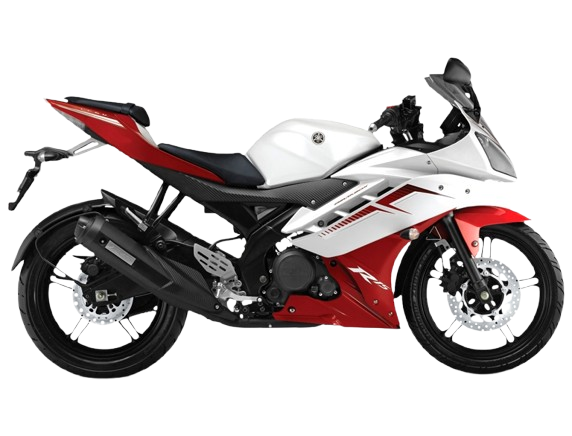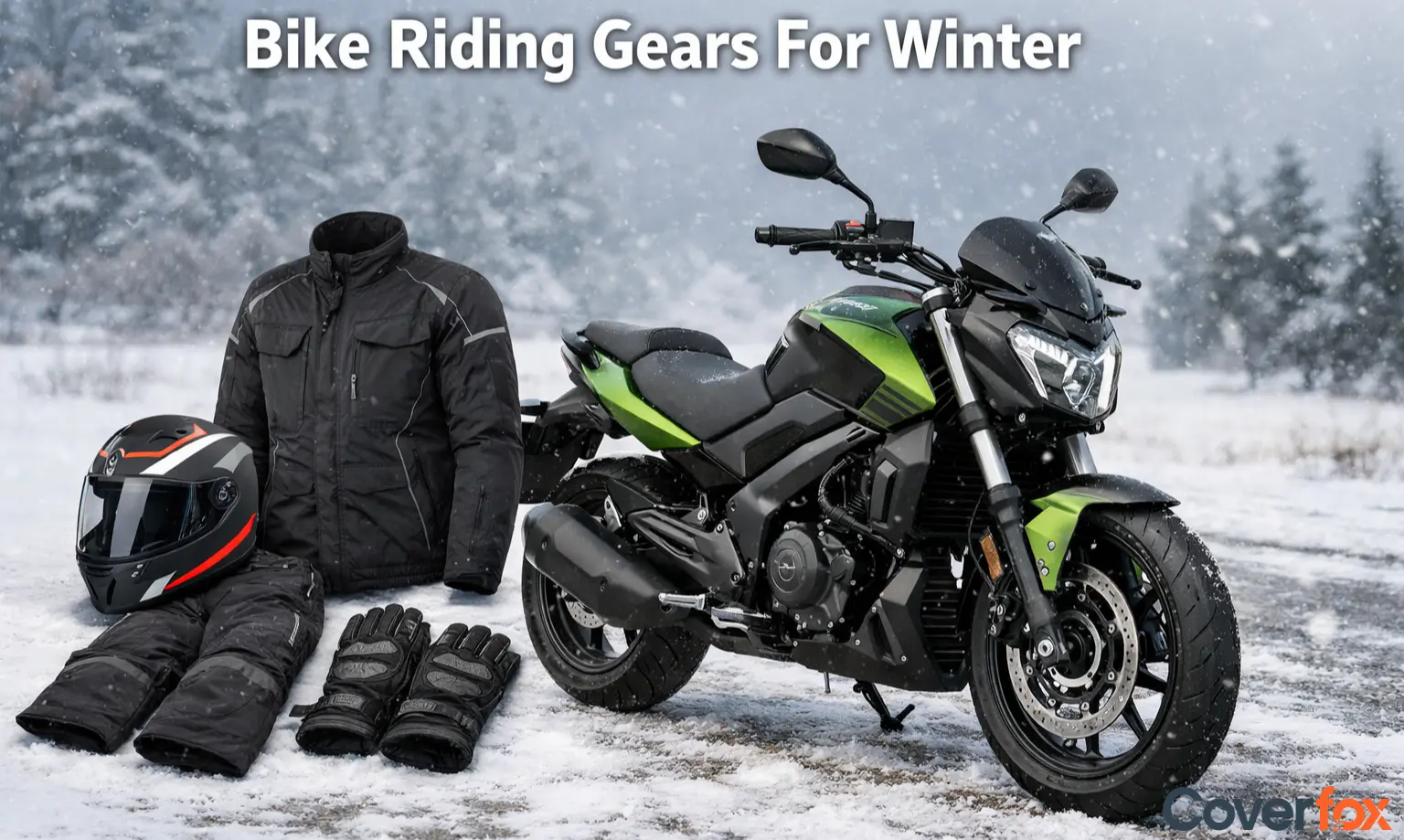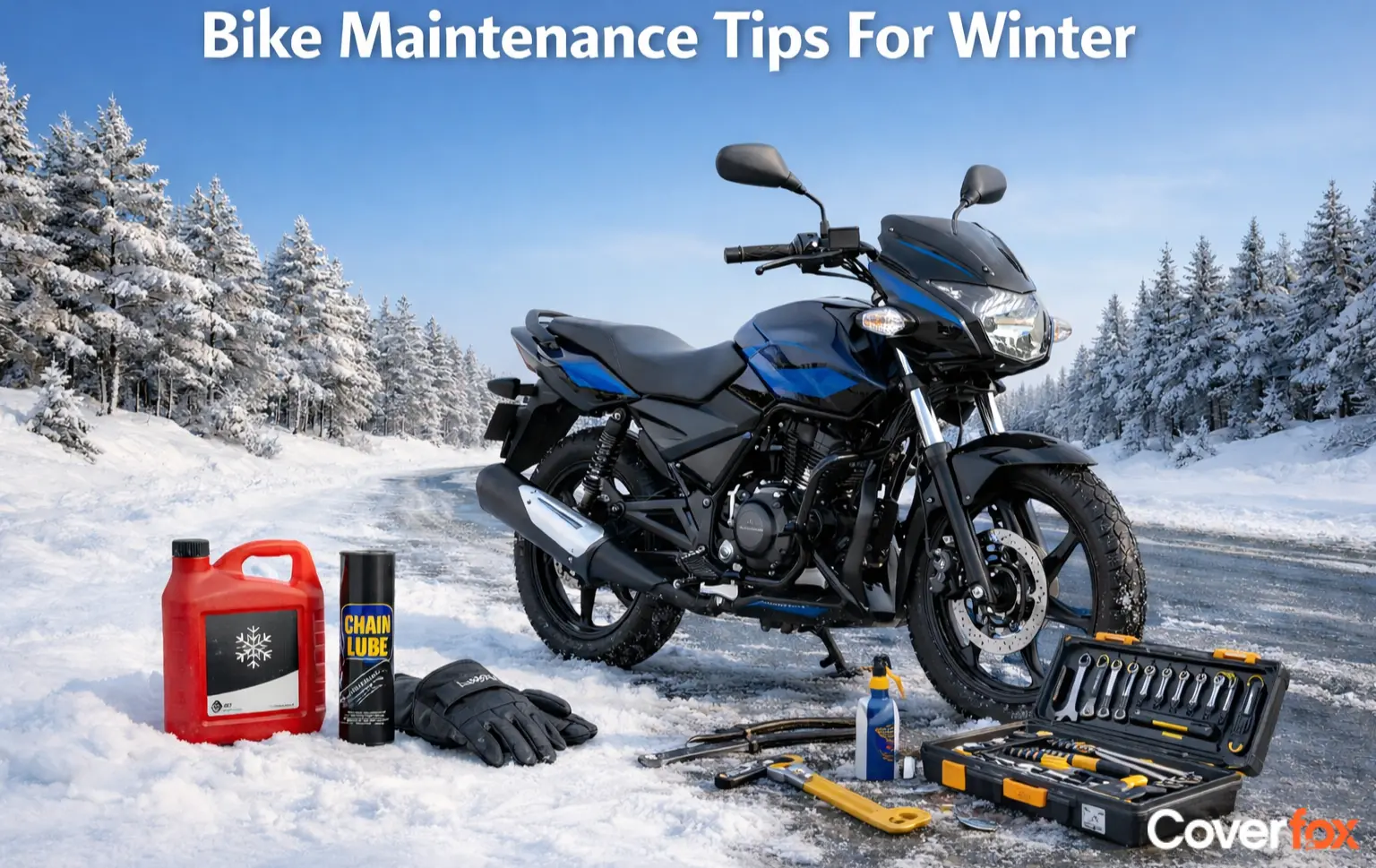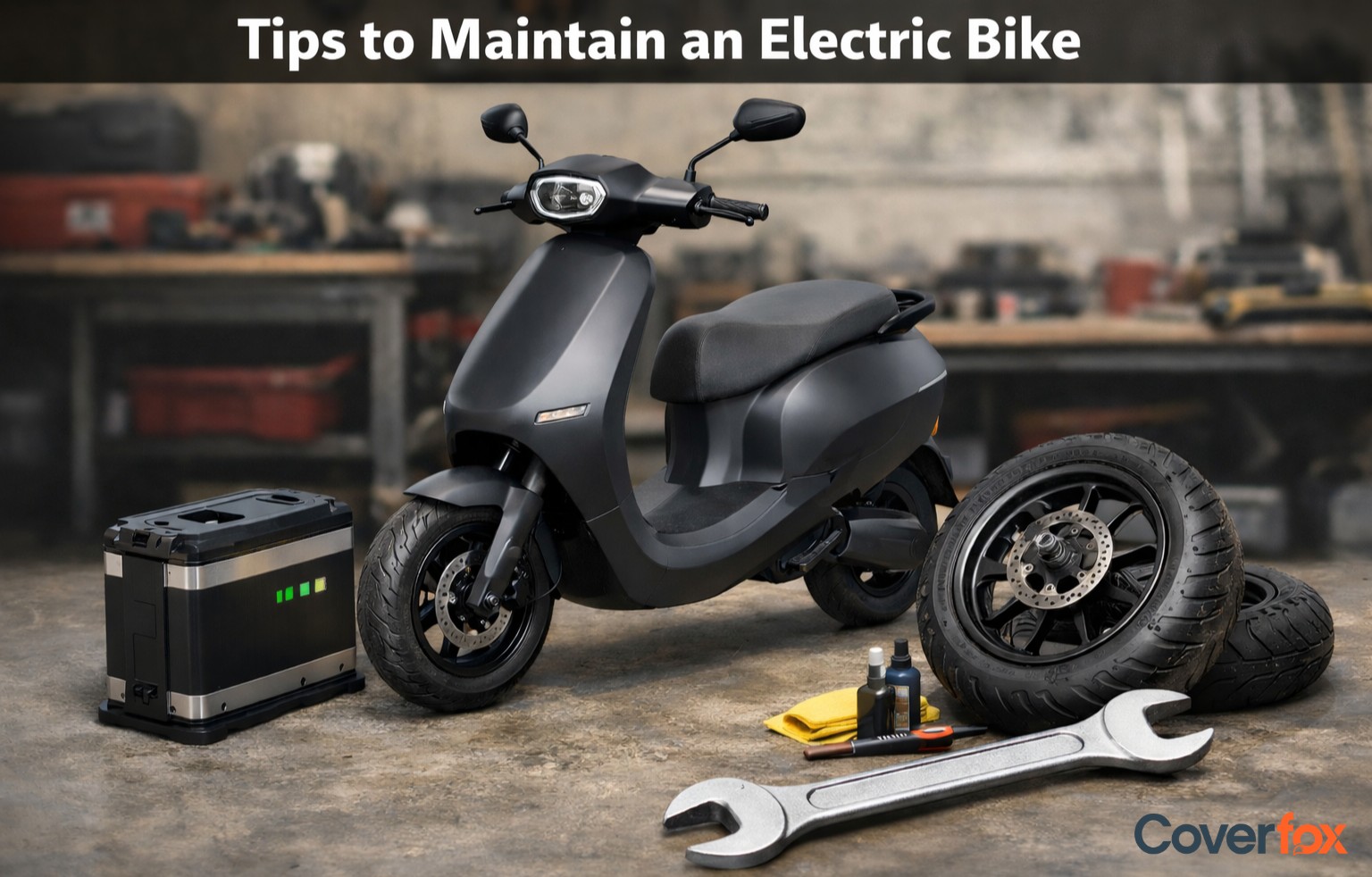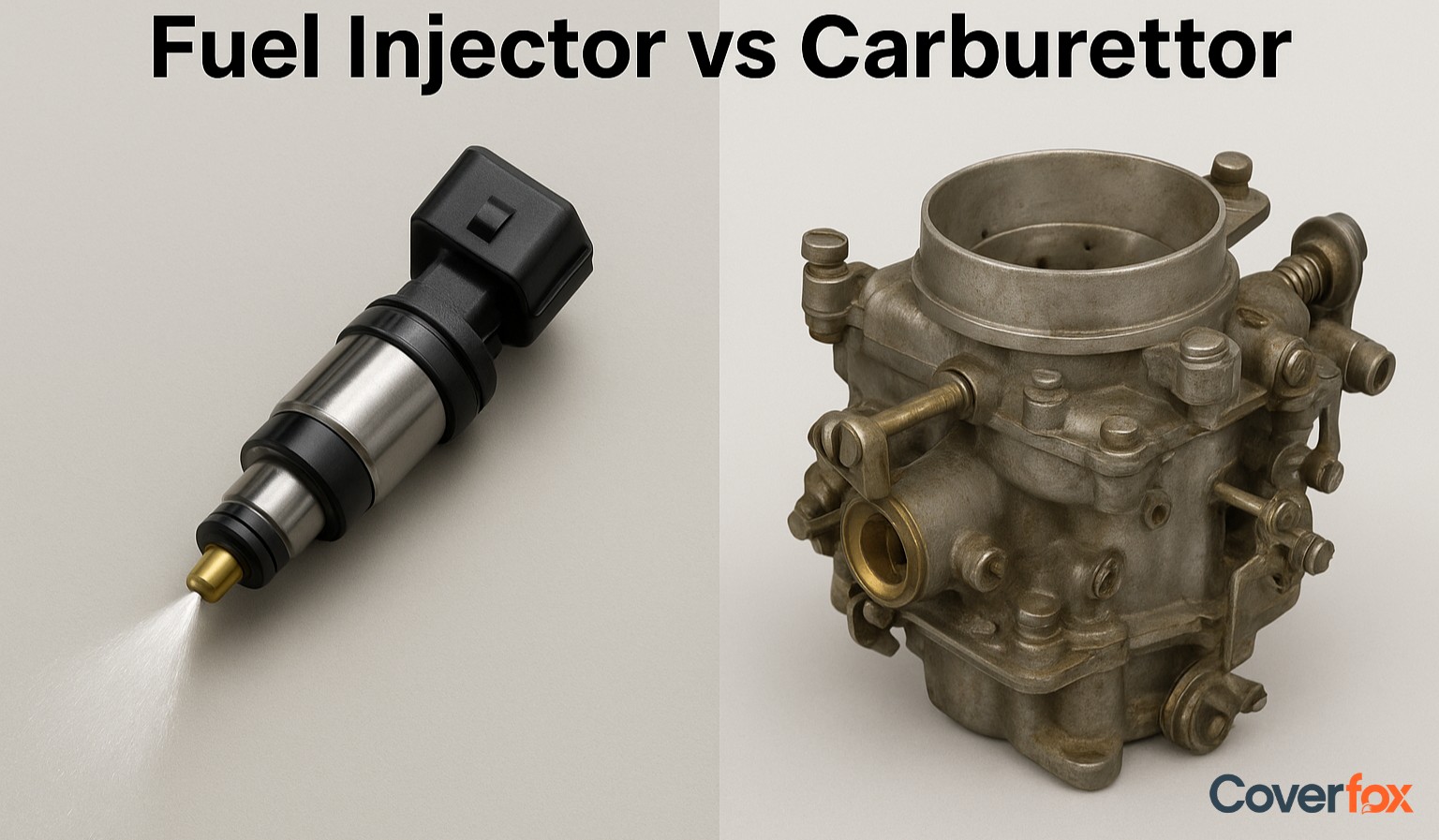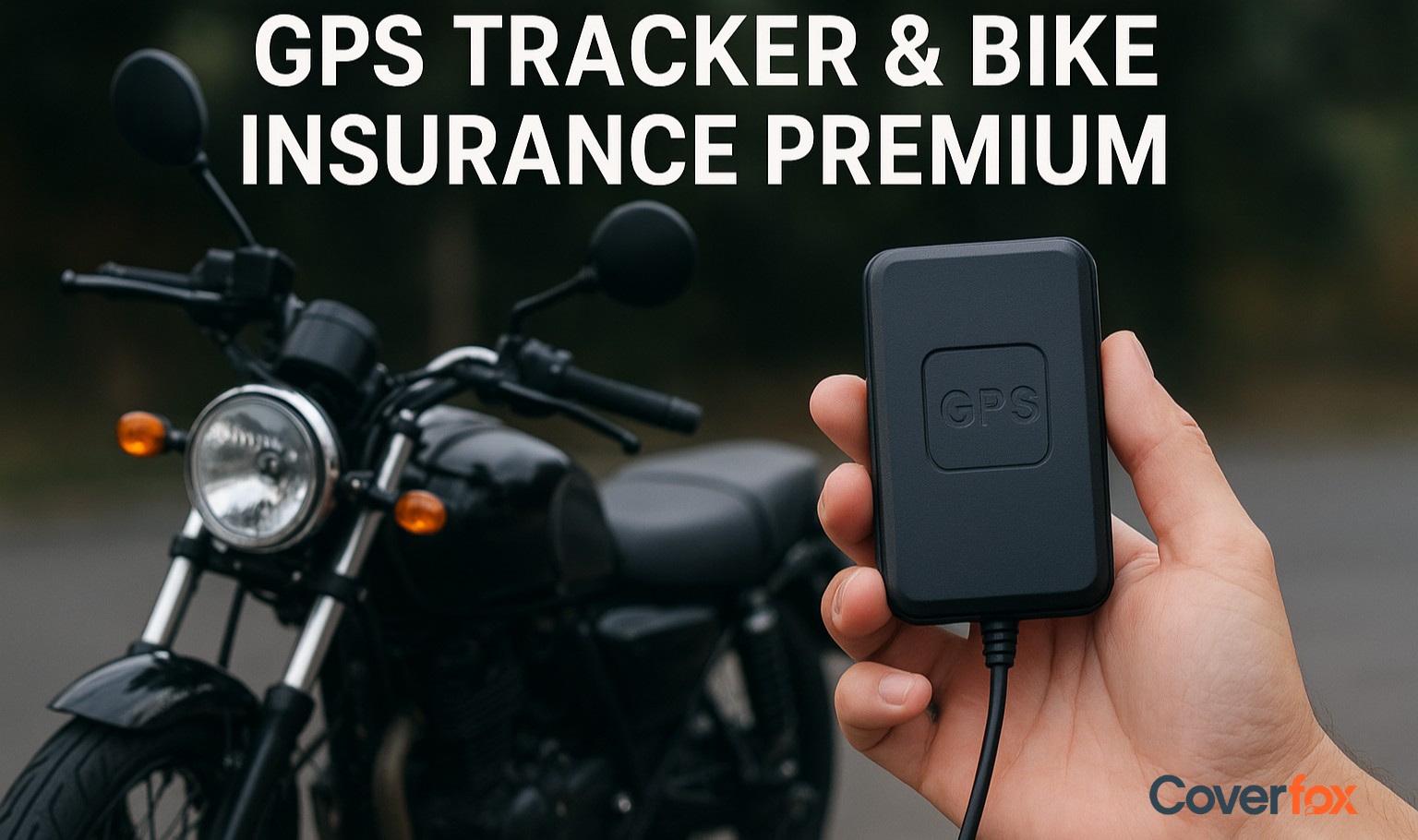Choosing a bike goes beyond looking at the price and features—it also involves knowledge of technical terms like BHP (Brake Horsepower) and torque.
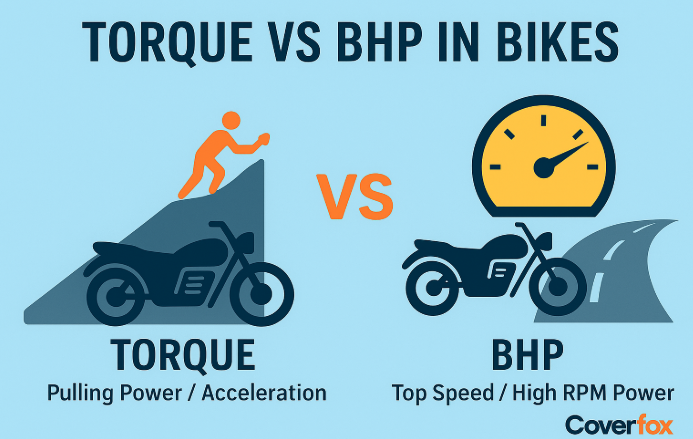
Before purchasing a bike, it is important to know the difference between BHP and torque, as it helps to understand the inner workings of a bike better. While both BHP and torque may sound similar, these two play a varied yet significant role in understanding how a bike performs on the road. These two specifications help differentiate one bike from another.
This article further goes on to explain what is torque in a bike, the role of BHP, how both impact bike performance, and clears common doubts around torque vs BHP.
Understanding What is Torque in Bikes
Torque in a bike means the twisting force applied to help it propel forward. To put it simply, it is the rotational force generated by the engine of the bike to help it accelerate forward. Torque is measured by multiplying force by distance, and its unit is given in Newton-metres. Higher torque means the bike can move more easily, even with a heavy load or on a slope.
Role of Torque in Bike Riding
To understand how torque works in a bike, check out the following points below:
- The bike engine needs torque to twist its parts and move forward.
- Torque allows a bike to carry heavy loads and maintain a steady speed.
- It is usually measured at the engine’s crankshaft.
- When you twist the accelerator, torque is produced in the engine.
- This torque passes through the gearbox, then the shaft, and finally to the tyres.
- The tyres use this torque on the road surface (tarmac) to move the bike ahead.
- The engine, shaft, and tyres together affect the bike’s torque.
- Even if a bike has low torque, proper gearing can still let it accelerate quickly.
What Does BHP Mean in Bikes?
After understanding what is torque in a bike, let us understand BHP, which stands for Brake Horsepower. This simply means the power of your bike’s engine and its ability to accelerate to reach higher speeds. Bikes with higher BHP can accelerate faster and maintain speed even on slopes. While there are many units of power, BHP is one of the most commonly used ones, and 1 BHP equals 746 watts.
Impact of Power on Bike Performance
Riders who love speed usually prefer bikes with higher BHP, and this means faster acceleration. While power plays a major role in impacting your bike’s acceleration, there are other factors involved as well. These include:
Bike weight (kerb weight)
Heavier bikes accelerate more slowly.
Added luggage or load
Extra weight reduces acceleration.
Resistance or friction
Air resistance, tyre resistance, and friction inside engine parts can slow the bike.
Bikes having better aerodynamics and lower tyre friction can accelerate faster while providing better fuel efficiency as well.
Difference between Torque and BHP in Bike
To clearly understand the difference between Torque vs BHP, have a look at the detailed table given below:
| Criteria | Torque | BHP (Brake Horsepower) |
|---|---|---|
| Definition | Torque shows the strength of the bike’s engine. | BHP measures how well the bike can use that engine power. |
| Objective | Indicates the bike’s load-bearing ability. | Indicates the bike’s speed and acceleration. |
| Best For | Low-speed manoeuvring, urban traffic, uphill | Long-distance, high-speed cruising on highways |
| Bike Examples | Cruiser bikes like the Bajaj Avenger Street 160 | Sport bikes like the KTM 390 Adventure or Bajaj Pulsar NS400Z. |
Quick Facts on Torque and BHP in Bikes
Before you choose a preferred bike, check out the following important facts about the torque and power difference:
- Torque and BHP ratings show how a bike will perform, making them useful for buyers before choosing a bike.
- Higher torque allows you to carry more load, which is ideal for long trips.
- BHP gives faster top speed and better acceleration from the start, as well as while changing gears.
- High torque helps in low-speed riding and uphill climbs.
- High BHP is ideal for sports bikes and highways.
Conclusion
In all, when comparing torque vs BHP, torque is the pulling or twisting force that helps the bike move forward, while BHP is the measure of how quickly power is delivered to the wheels. Torque is associated with strength, while BHP refers to the speed of the bike. Both of these specifications play a key role in determining the performance of a bike on the roads. Bikes with high torque are ideal for city drivers and commuters, while those who prefer speed and highway cruising can opt for high-BHP bikes.
Whichever may be your choice of bike, remember to safeguard it with a valid two wheeler insurance policy. Choose Coverfox as your reliable platform to compare and review your ideal insurance policy from a wide range of reputable insurers in the country!
Also Read:
Frequently Asked Questions
What does torque mean in bike performance?
For a bike, torque is the rotational force generated by the engine to help it accelerate to higher speeds. It is mainly related to the strength of the bike's engine.
What is the full form of BHP?
BHP stands for Brake Horsepower and is a commonly used unit to measure power. 1 BHP equals 746 watts.
What is the difference between torque and force?
While force is a straight push or pull, torque is the rotational force that turns the bike’s wheels.
What are examples of bikes with high BHP?
Bikes known to have high BHP include performance-focused sports bikes like the KTM 390 Adventure, Bajaj Pulsar NS400Z, Triumph Speed 400, Aprilia RS 457, etc.
